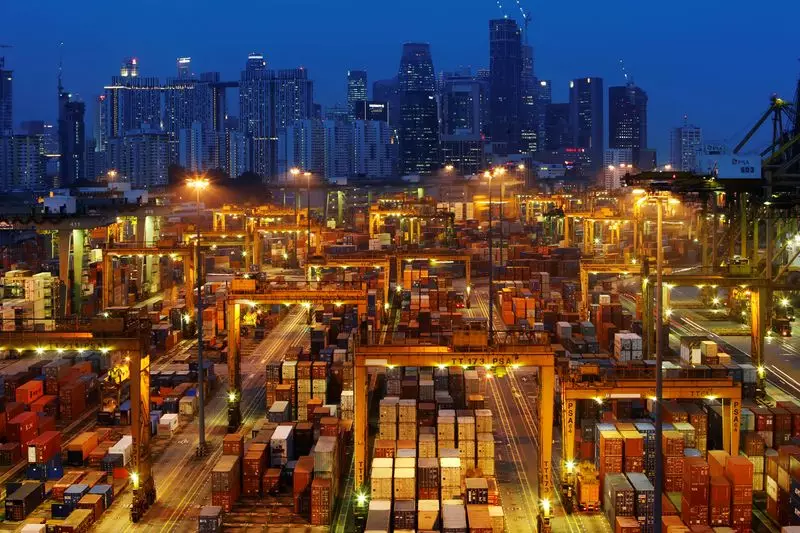The global economy stands at a critical juncture, facing both promising growth prospects and notable challenges. Recent reports from the Organisation for Economic Cooperation and Development (OECD) project a moderate economic growth of 3.2% for 2024 and an increase to 3.3% in the following years, assuming that protectionist sentiments do not overshadow the recovery in international trade. This growth trajectory reflects a delicate balancing act where positive factors such as declining inflation and job growth must counteract the tightening fiscal policies observed in various nations.
The OECD’s forecasts exhibit consistency with prior projections, signaling stability in their approach while subtly hinting at the complexities inherent in today’s economic environment. While these numbers are encouraging, the undercurrents of potential instability mainly arise from rising trade tensions and a trajectory toward protectionism—issues that could derail the anticipated recovery.
After a period of stagnation, global trade is projected to bounce back, with trade volumes expected to grow by 3.6% next year. However, this rebound is not devoid of risks. The OECD has cautioned that an uptick in protectionist policies, particularly among major economies—most notably the U.S.—could severely disrupt supply chains, leading to higher consumer prices and, ultimately, slower growth.
The nexus of trade and economic health is evident; trade serves as a barometer for economic engagement and stability. As nations grapple with the ramifications of protectionist policies, it is crucial to understand that trade not only facilitates commerce but also cultivates interdependencies that foster global economic stability. Therefore, curbing protectionism becomes paramount for sustaining the positive trade outlook.
Peering into specific regional projections reveals a varied economic landscape. In the United States, growth is expected to decelerate, transitioning from 2.8% this year to 2.4% in 2025 and down to 2.1% in 2026. This trend signals potential vulnerabilities ahead, likely driven by a cooling job market that could stifle consumer spending.
Conversely, China’s economy, while still formidable, is anticipated to slow down as well, reducing from 4.9% in 2024 to 4.4% by 2026. This trend underlines challenges in consumer confidence, exacerbated by substantial savings that residents are hesitant to spend. Without significant shifts in consumer behavior, China’s growth trajectory may face headwinds.
The eurozone presents an alternate narrative with prospects of growth improving from 0.8% to 1.5% through 2026. Factors contributing to this optimism include supportive monetary policy and tight labor markets that bolster consumer purchasing power. This recovery could offer a solid foundation for European nations to enhance their economic resilience in the face of external pressures.
The UK economy, supported by increased public spending and real income improvements, anticipates growth enhancement from 0.9% to 1.7% next year. However, the subsequent period of 2026 shows a retreat to 1.3%, indicating a potential softening that requires strategic adjustments in economic policy.
The post-pandemic recovery is underscored by a crucial factor: the role of central banks. The OECD suggests that as inflation subsides, major central banks are likely to continue loosening monetary policies. However, Japan is singled out as an exception, potentially due to its unique economic landscape.
In light of these projections, it is clear that prudent fiscal management is essential for stabilizing public finances across the globe. Countries must undertake decisive action to manage their debt burdens effectively, ensuring that economic strategies align with broader goals of recovery and growth.
While the OECD’s projections for global economic growth are optimistic, they are accompanied by significant caveats. The resilience of this growth depends on a multitude of factors, ranging from global trade dynamics to national fiscal policies. A concerted effort to eschew protectionist practices, alongside effective monetary policies and fiscal management, will be vital in navigating the complexities of the modern economic landscape. The sustainability of this growth, therefore, rests in the hands of policymakers worldwide, who must strive to create an environment that promotes stability and prosperity for all nations.

